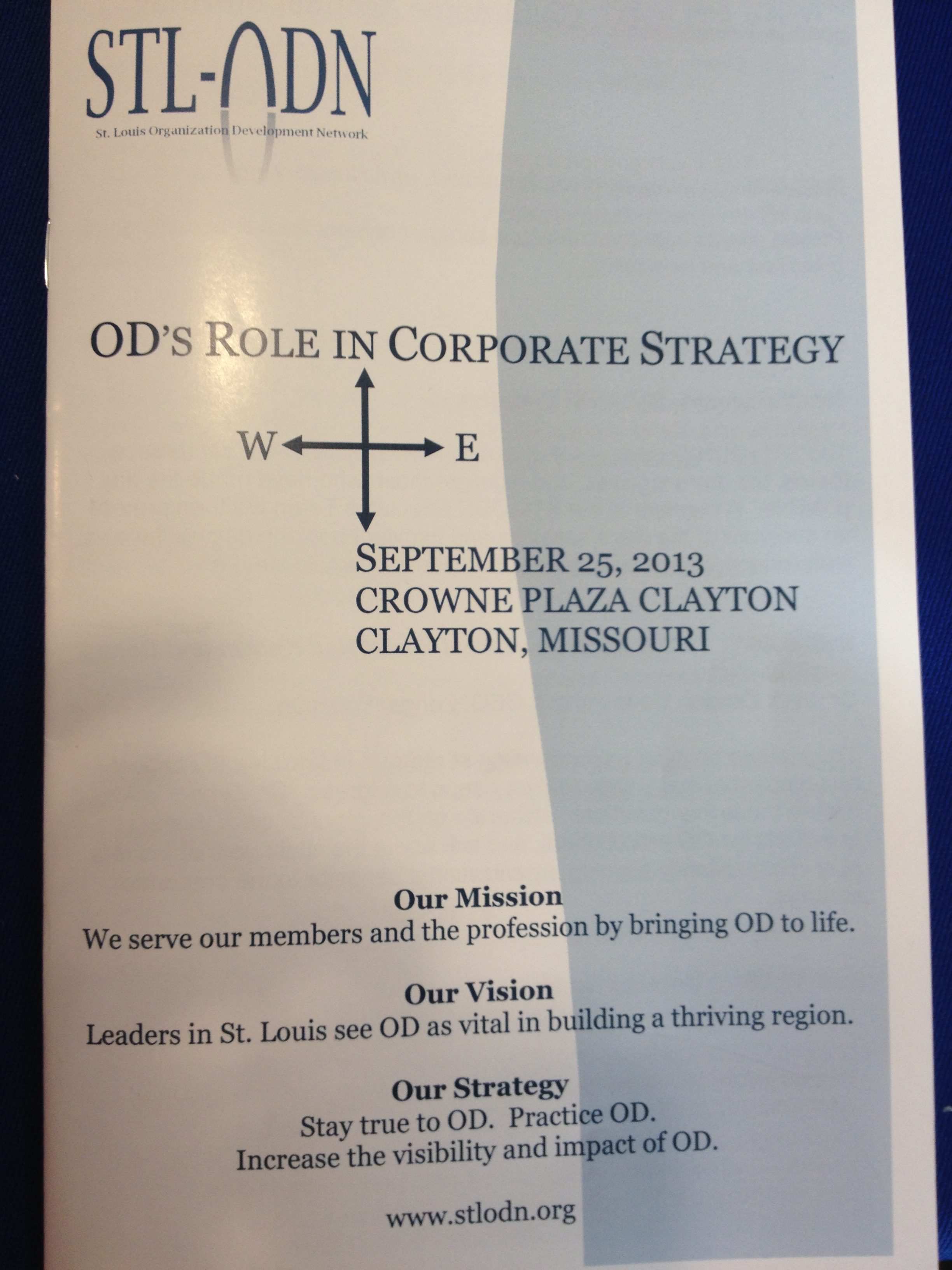It is hard to believe, but it is coming! Many companies are working on their 2020 visions and goals, but I’ve noticed that it is a lot of late Baby Boomers and solid Gen Xers making the plans. And yet, in 2020, Millenials will start turning 40 – just at the age when they will be coming into their own in their careers, with significant influence on how those plans go forward. As well, they will be the biggest consumers of the products and services that come out of the plans you are making now. Are you ready for Millenials to turn 40? Are you working with intention in your planning to make sure your company is ready?
Millenials are different in some important ways. Over 30% of them don’t choose to get a driver’s license when they come of age. Many of them would prefer a smaller house than their parents. They are spending their time and money on different types of products and services, and have a different modality for integrating work and life. In America, they are the first generation to enter a workplace that is dominated by services, not product or manufacturing. Check out this article from the NYTimes about one father’s experience with understanding how to measure the success of his Millenial son.
What strategies are you putting in place for employees and customers to attract and maintain this up and coming generation’s affiliation to your brand?
